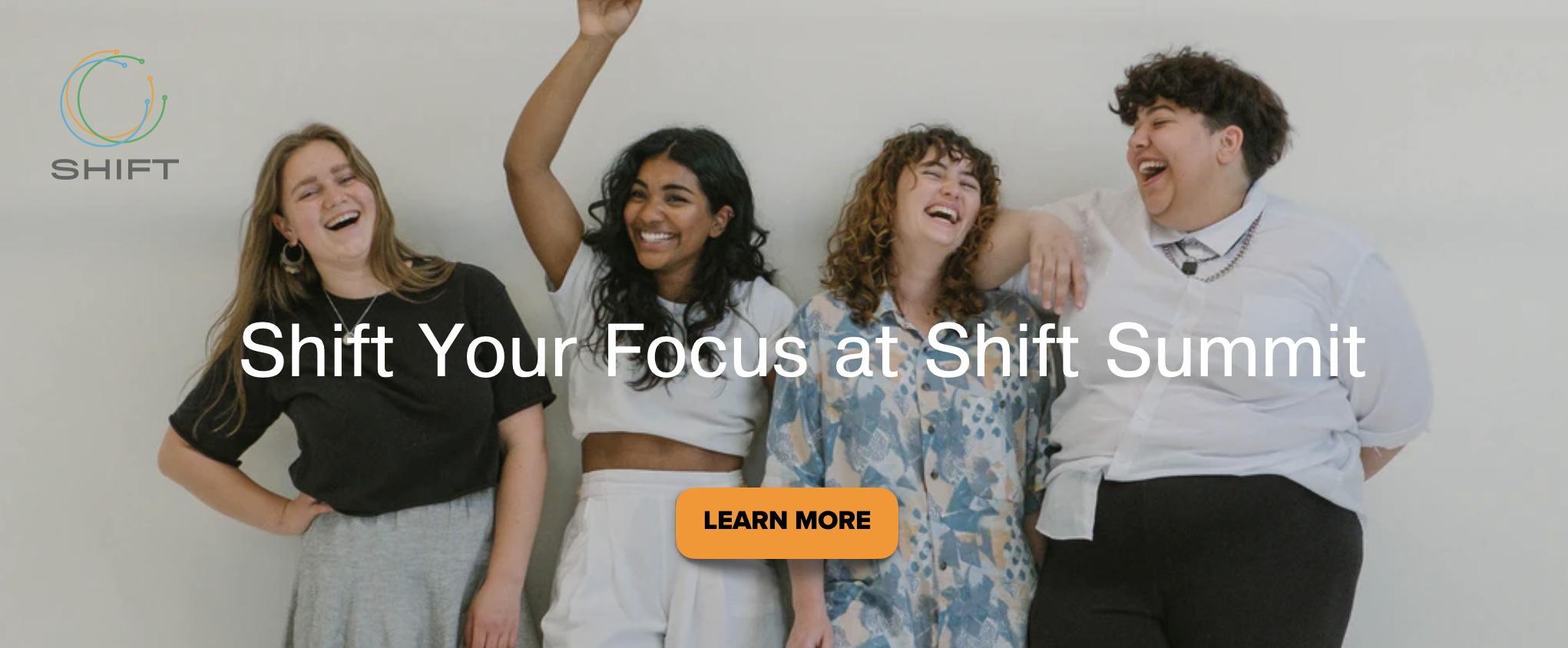A is for Asexual
by DAISY THOMAS
It’s challenging to live in a binary world when you exist on a spectrum. When your sexuality doesn’t fit in the preconceived ideas of social acceptability, one can feel isolated and alien. Human sexuality is a complex, amorphic array that continues to expand -- and sometimes complicates our knowledge, and thus vocabulary, explaining or identifying that which previously was unable to be verbalized.
Over time, we develop language to serve a cadre of feelings, affects, interactions, etc. The digital age has resulted in the sharing of a wealth of information -- including updated information in the worlds of biology and sexuality, giving rise to communities of like-minded individuals an ability to comprehend better who and what they are as a human, sexual being -- or not.
Not everyone has sexual desires, some having little to no interest in the physicality of sex itself. In fact, 1% of the population identify as “asexual.” According to the youth-oriented LGBTQ suicide prevention and awareness organization, The Trevor Project, “Asexual people – also known as ‘Ace’ or ‘Aces’ – may have little interest in having sex, even though most desire emotionally intimate relationships. Within the ace community there are many ways for people to identify.”
Asexuality has always been around, highlighted within the entertainment industry with Janeane Garafolo speaking out about her own in the 1990’s and Tim Gunn in the early 2000’s, but has been making headlines recently with prominent figures such as British model Yasmin Benoit’s outspoken social media advocacy and Sports Illustrated’s Copy Chief, Julie Kleigman, opening up about their asexuality in Outsports.


